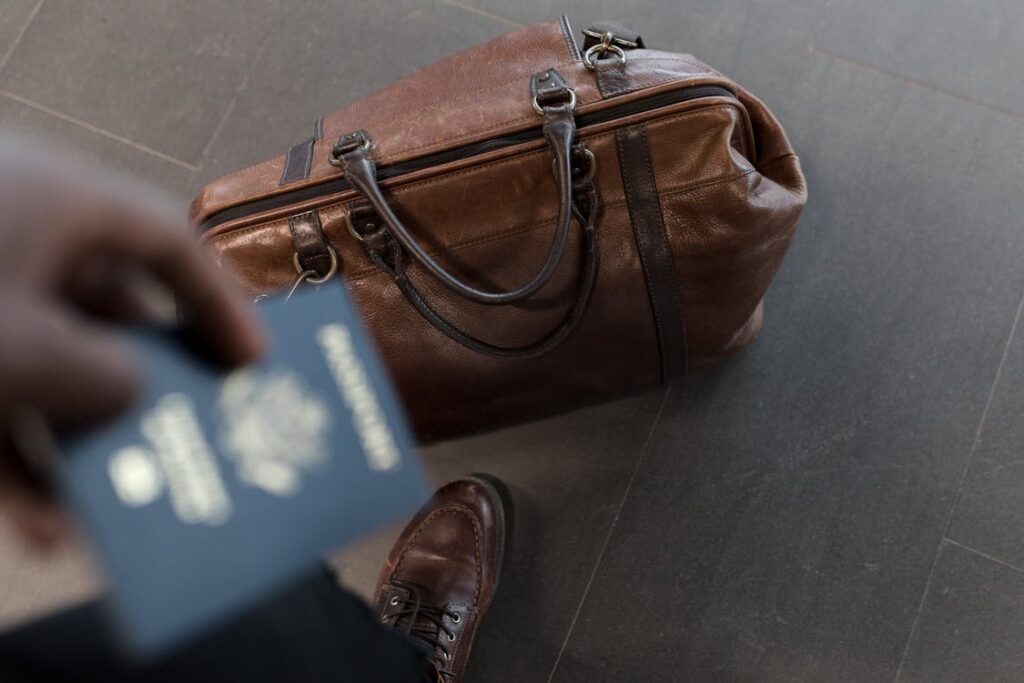If you travel for business, you know how important it is to keep all your receipts. These receipts come in handy when tax time rolls around because you can use them to know how much you should claim for tax deductions. The receipts are also important if the IRS audits you after you submit your return. They are your proof you spent how much you claimed on your return.
If you’re like most people, you have a difficult time holding on to receipts. Stuffing the receipts into your pocket and telling yourself you’ll throw it in the expense folder later doesn’t usually work. Instead, it may end up in the washer, dryer, and then ineligible. It’s just like when people hand you a business card. It gets ruined easily unless they are plastic business cards. But of course, the problem with receipts is that losing them leads to losing money when you can’t deduct the expenses from your income on your taxes.
Tips for Keeping Accurate Records of Business Travel Expenses

People who keep accurate records of their business expenses often have a system. Whenever they receive a receipt, they do something with it immediately. They know if they don’t, it will get lost.
This system doesn’t work for everyone, especially extremely busy professionals who are constantly running and grabbing coffee from nearby vendors to keep the pace. These types of business travelers need a better way to keep record of how much they spend on their business trips.
When coming up with a way to manage your business expenses, think of how you spend your money. Do you use cash, credit cards or checks? Most people these days use credit cards, which is a great way to go since you can use the statement as a backup record for your expenses. Usually, the statement will list the merchant, which will help you discern what was purchased. It’s not perfect, though. If the IRS ever challenged you, it wouldn’t be enough to prove the expenses were for business purposes and considered deductible.
Instead, let your phone do the work for you. Your phone is in your hands most of the day, so use it to collect your receipts.
All you have do is quickly snap a picture of the receipt as soon as you receive it, and then you can throw the receipt away. Later, you can go into your phone to move the photo to a special folder labeled (Year) Receipts.
If the process of moving pictures of receipts into a folder seems too much for you, there’s another option. Use an app!
The following are some of the best apps for receipt tracking:
- Expensify – This app scans receipts, takes the most important data from it and stores it on your phone. When tax time rolls around, you can simply open the app and it will tell you how much you’ve spent.
- Receiptmate – This app does what Expensify does, but also saves your receipts in Evernote. If you ever need to pull receipts, you can easily do so by opening your Evernote folder.
- Receipts by Wave – This is a receipt management app. Once you have a picture of the receipt, you can then categorize it. When it’s time to start deducting your business expenses on your taxes, you can simply go into each category to see how much you spent on that deductible expense.
- SmartReceipt – The SmartReceipt app stores your receipts on the cloud like Receiptmate’s link with Evernote. What makes this a bit better is that you receive detailed reports that give you a good idea of how much you’re spending. It’s great if you’re trying to stay within a budget.
If you search for receipt management or business expense apps in your App Store or Google Play, you will likely find many others to try. The only way to know if it will work for you is to try them out for a little while. It can take some time to get used to each one, but the time you spend getting to know it is worth it.
What Else You Can Do for Better Record Keeping
If taking pictures of your receipts or using an app isn’t something you feel will work for you, there are some other ways you can keep better records of your business expenses.
- Devote one place in your briefcase/purse to receipts. Stuff the receipts into it and deal with them whenever you have the time – or tax season – whichever comes first.
- Have someone else deal with your receipts by handing them to the person whenever you receive them. Of course, this person would have to be with you.
- Voice record your receipt details. This isn’t going to work if you must show proof of your business expenses to the IRS, but you will have some idea where to get copies of receipts if you need to someday.
Make a commitment to yourself that you will take better care of the receipts from business expenses. This is the first step in creating a plan that will work for you.






